Even more so than in his painting “Mary in the Temple,” Titian’s attempt to fill the language of color with elements of Mannerism is clearly evident in this work painted
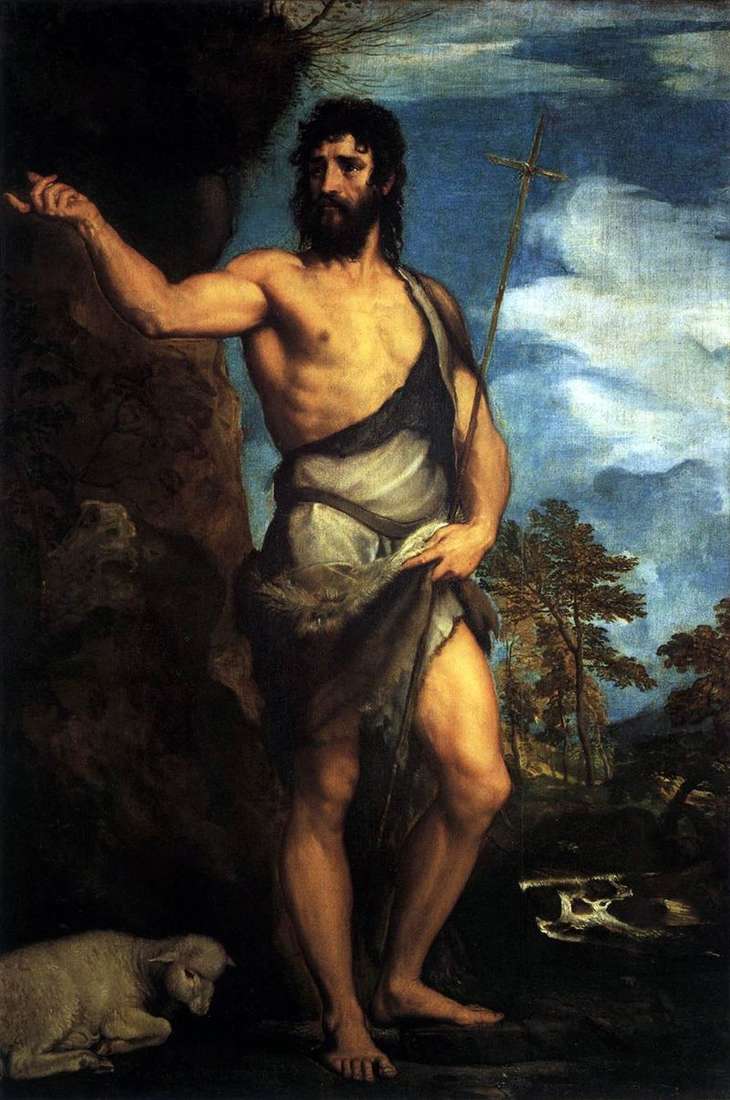

Even more so than in his painting “Mary in the Temple,” Titian’s attempt to fill the language of color with elements of Mannerism is clearly evident in this work painted
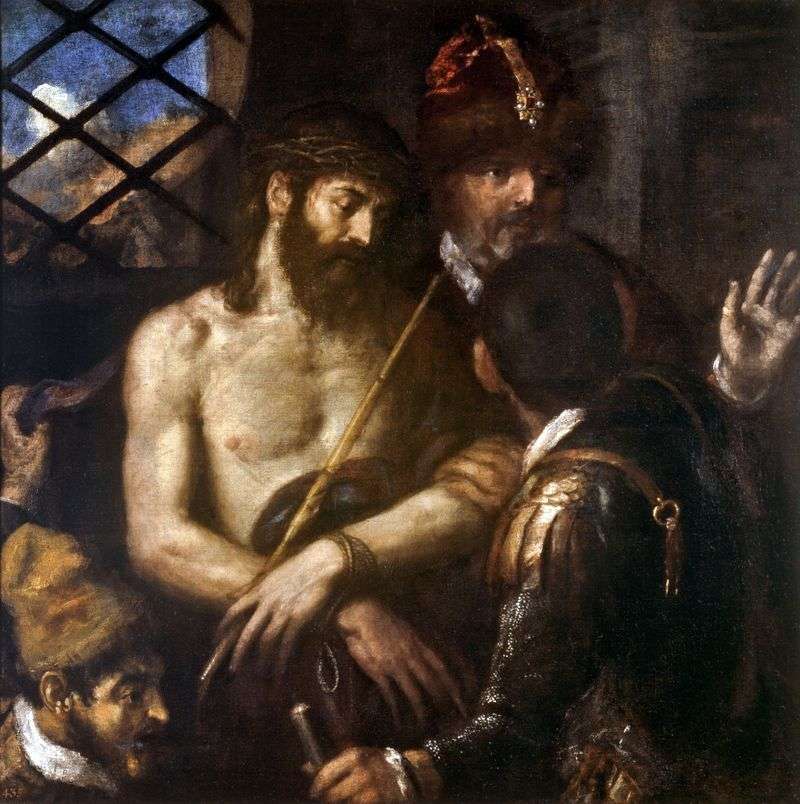
In his early years, Titian painted a series of paintings dedicated to the Suffering of Christ. They include: Crowning with a crown of thorns, Munich), The scolding of Christ, The
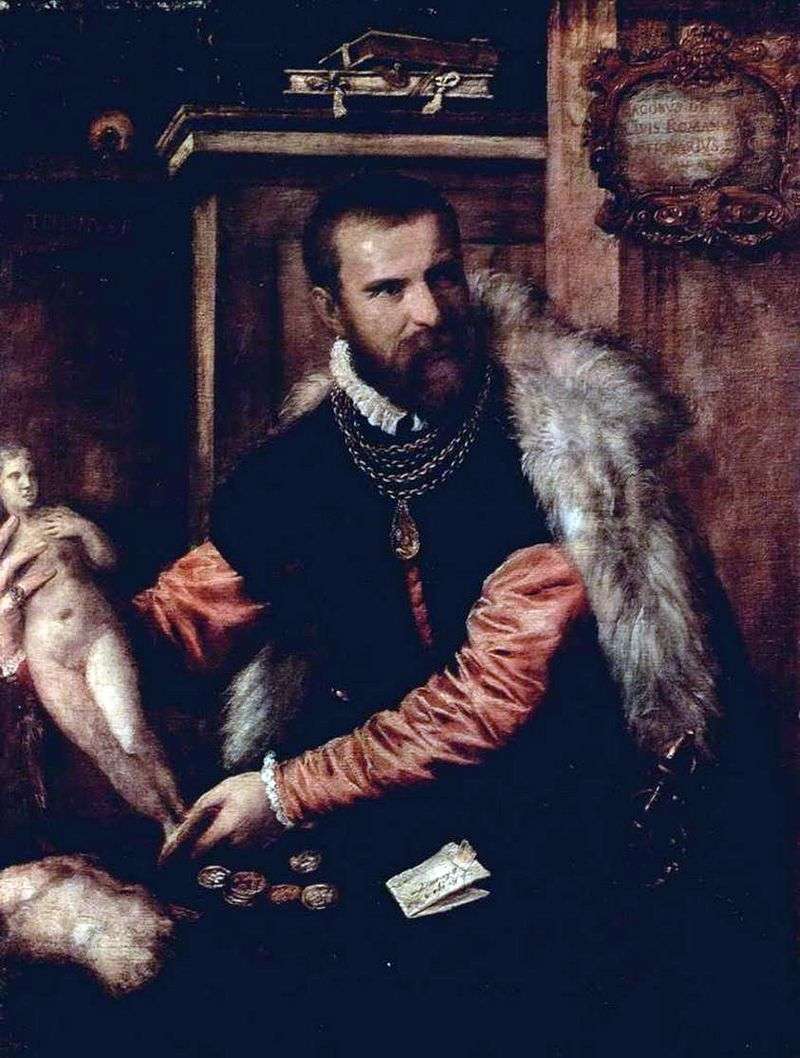
Signed : TITIANVS F. The letter reads : Al Mag. with il Sig. or Titian Vecellio… Venezia. In the cartouche inscription XVII century : JACOBVS DE STRADA. CIVIC. ROMANVS. CAESS.
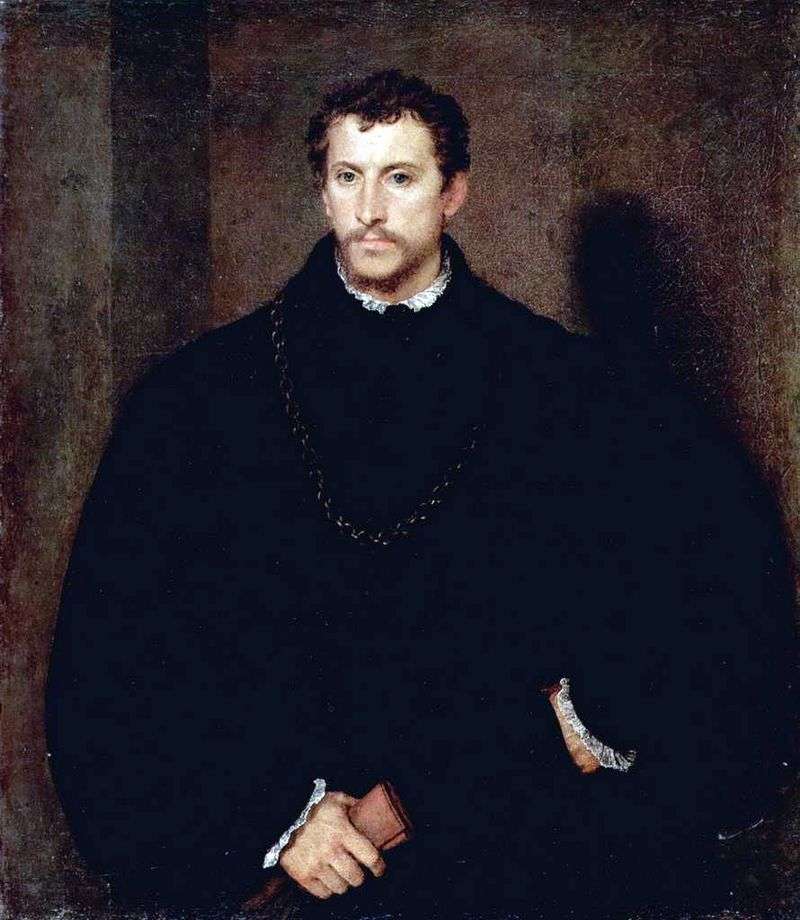
The portrait comes from the collection of the Urbinian dukes and entered Florence in 1631 with the legacy of Vittoria della Rovere. It was considered a portrait of the Duke
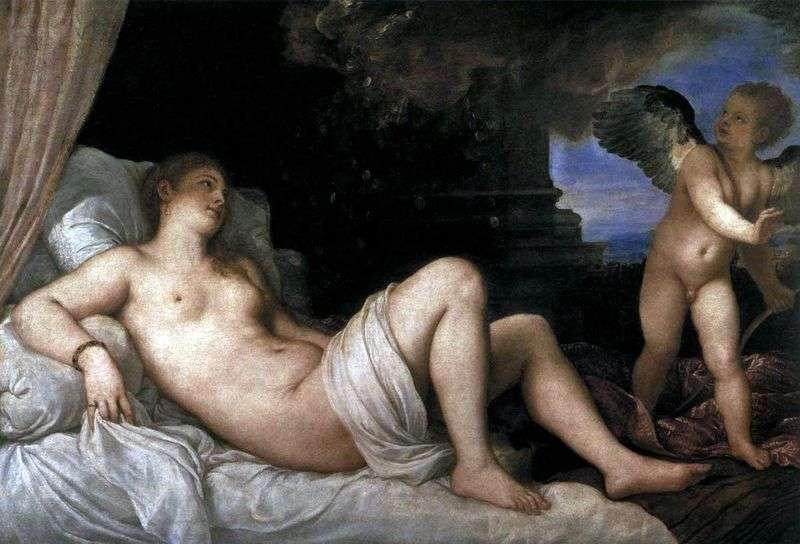
Painting by artist Tiziano Vecellio “Danae” from a series of paintings on poetic themes for the Spanish king. The size of the painting is 119 x 187 cm, canvas, oil.

The combination of blue, dark green and dark red makes this painting especially charming. The background breaks up in fuzzy forms. Painting, it seems, will take place exclusively from the
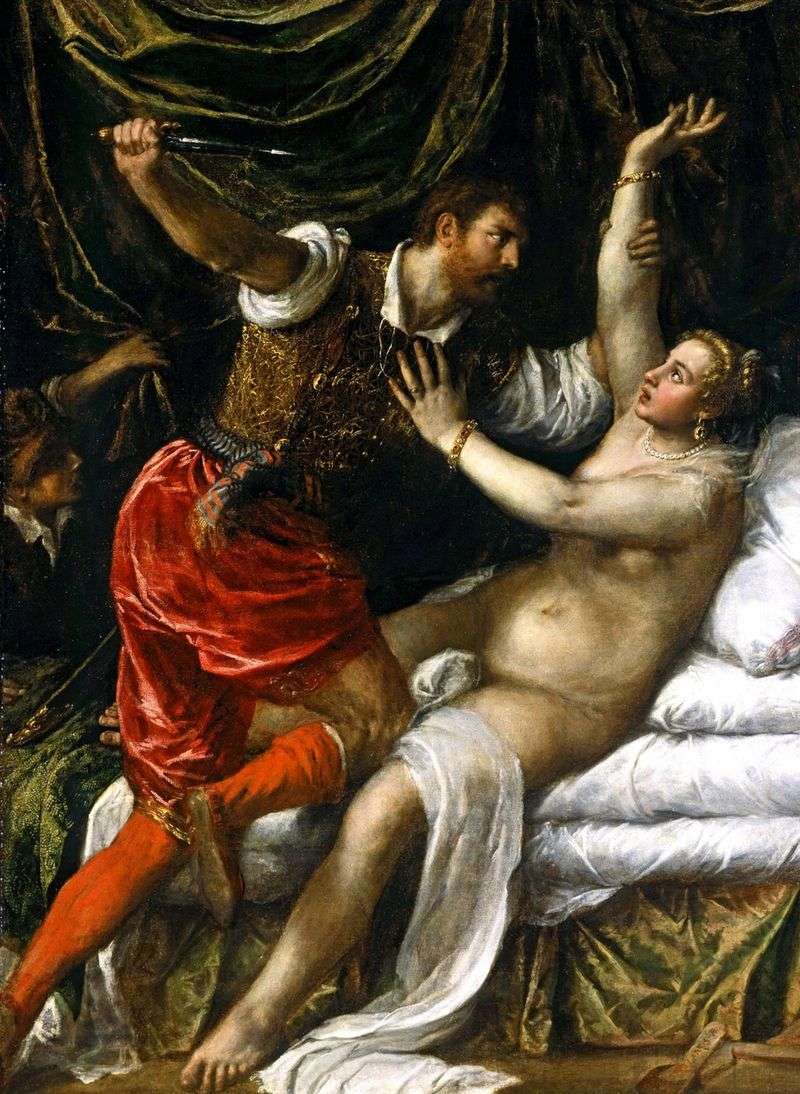
The painting by artist Tiziano Vecellio “Tarquinius and Lucrezia” was written for Philip II of Spain. The size of the picture is 189 x 145 cm, canvas, oil. The name

This later, born in 1561, the portrait depicts Antonio Palma, nephew of Palma or Vecchio. A box of paints on the windowsill indicates a profession, a palm branch in the
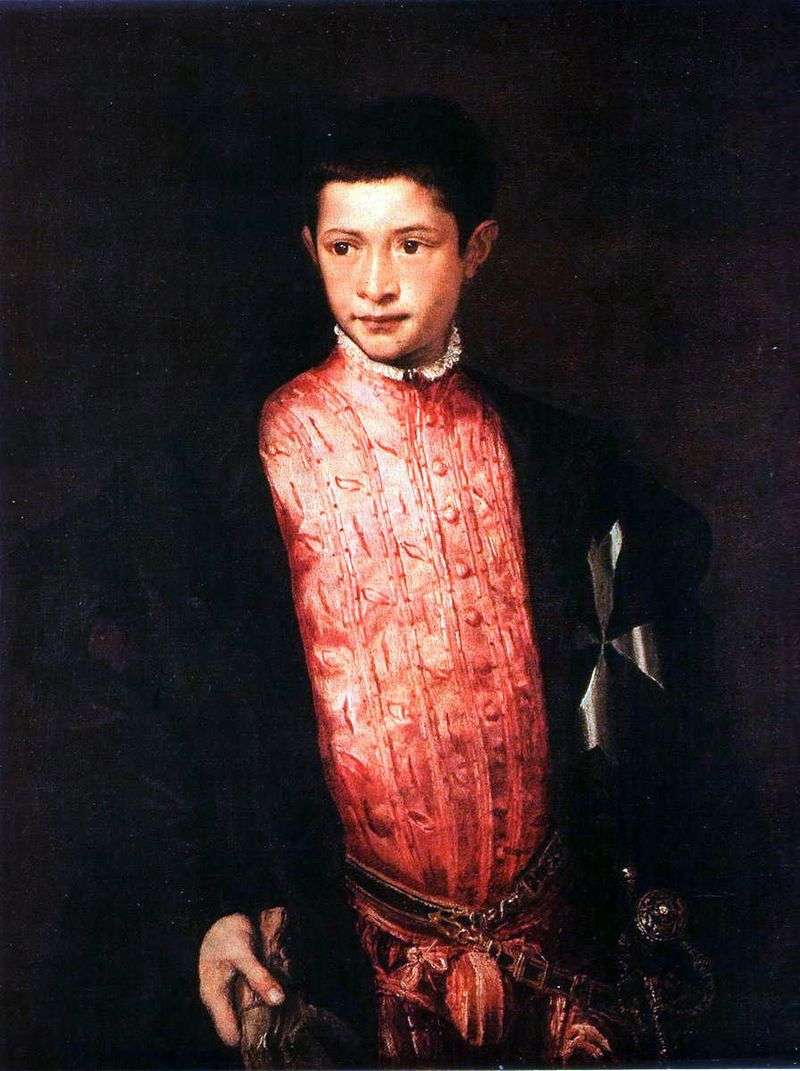
The portrait comes from the Florentine collection of Contini-Bonacossi. In the collection of Kress since 1948. Before clearing was considered an old copy. Today, the authorship of Titian is recognized

Titian was a very famous during his lifetime. For a time he was considered the official artist of the country, ordered the nobles had their portraits, he was so well-handled

“Allegory of prudence” was written in oil in 1565-1570. The authorship is attributed to the Italian painter Titian. At work, there are three heads of animals looking in different directions,
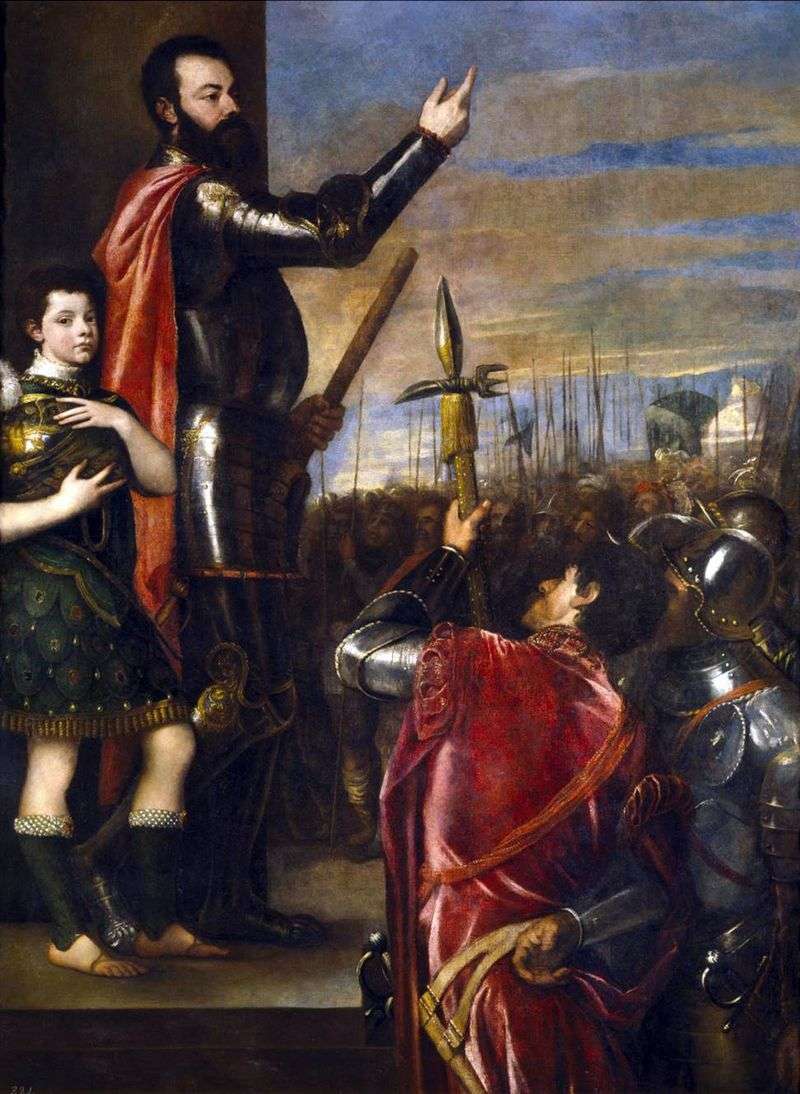
The portrait is in Madrid, before that, apparently, was in the collection of the Mantuan dukes and the English King Charles I Stewart. The dating of the portrait is established
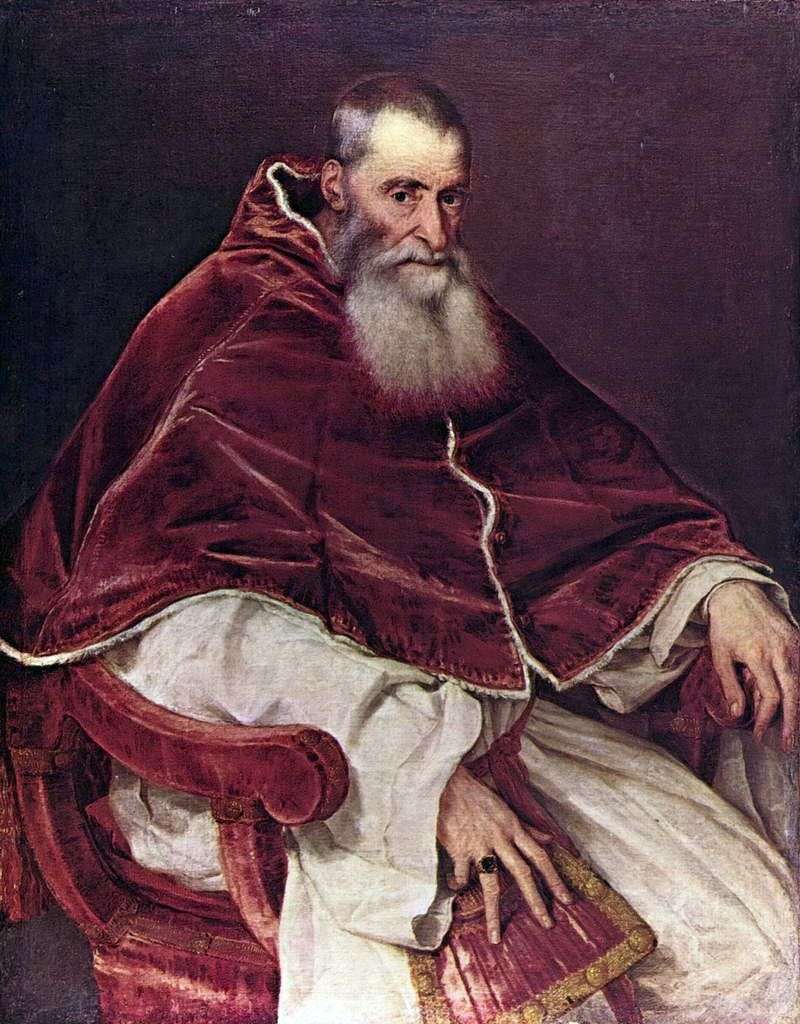
Pope Paul III Farnese went down in history as one of the inspirers and organizers of the Catholic reaction. With his blessing in the 40s of the 16th century, the

Titian wrote many portraits of crowned persons. It is impossible to imagine Philip II, Francis I, or the Pope of Rome III, other than what the master portrayed them. In
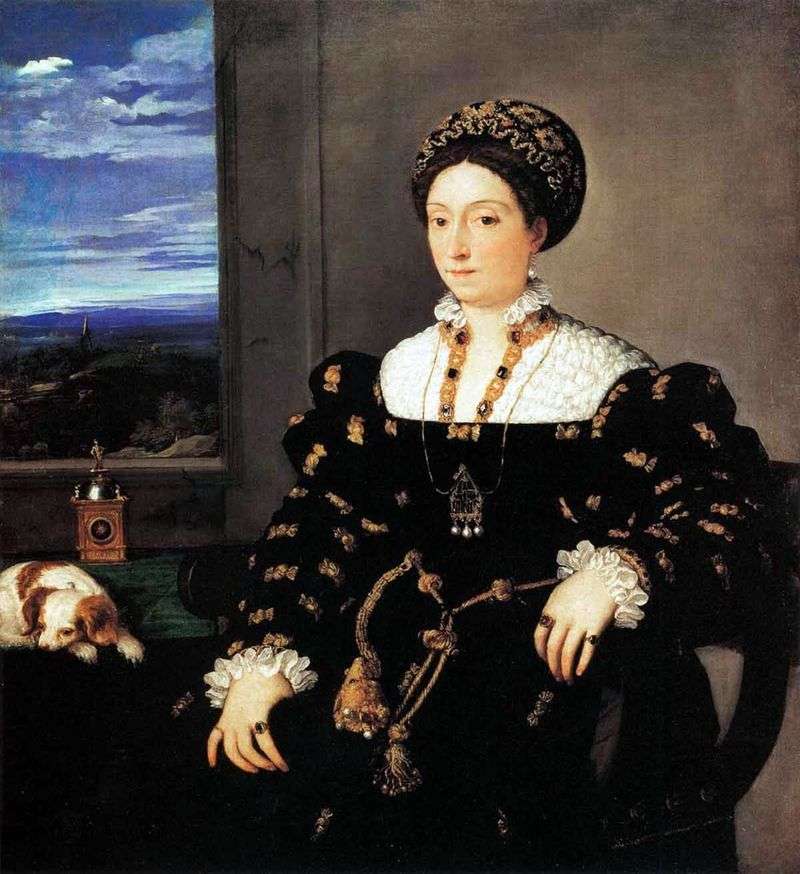
Like other pictures of the Urbino collection, the portrait entered Florence in 1631 together with the legacy of Vittoria della Rovere. It was ordered and completed at the same time
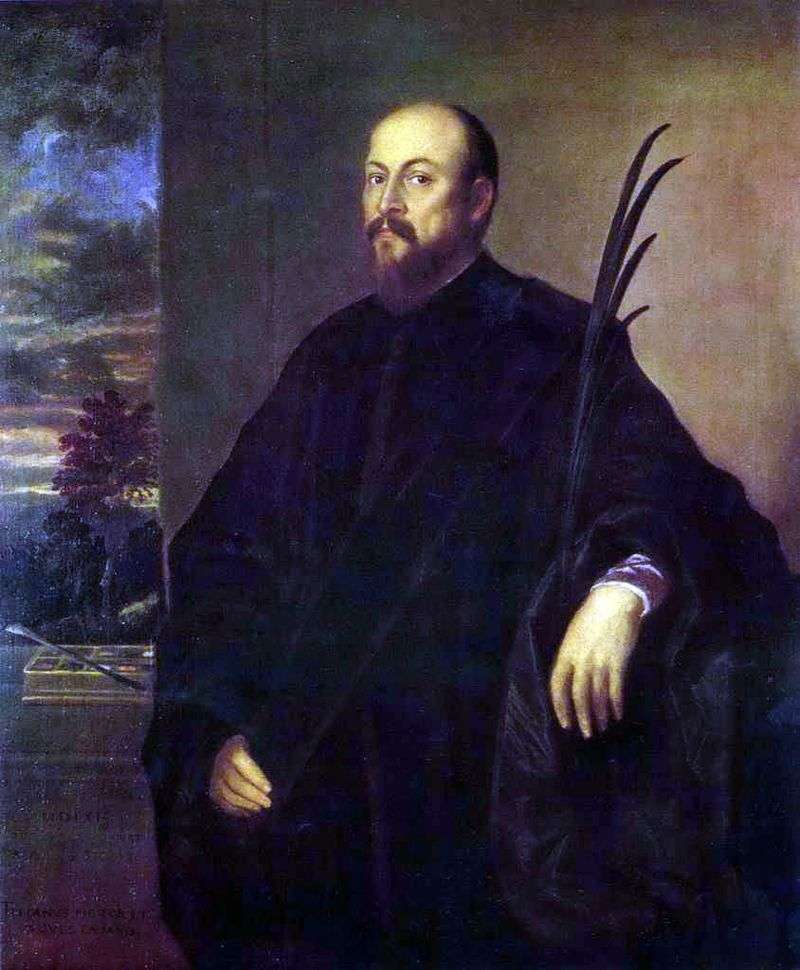
The portrait comes from the palace of Ca Marcello in Venice. Bought in the Dresden meeting in 1743. A box with paints, a palm branch, and the age of the